How to Capture Long Exposure Photography
Imagining those stunning silky seascape and soft clouds photographs? Those are captured through a long exposure shot. This shot is typically made using a long-duration shutter speed. Having the shutter open at longer duration allows you to capture any motion within that time frame. These will appear as a blurry effect, thus the impression of motion and dreamy mood effect to the photo.
This is a great but simple technique that can up your photography game. I'll be sharing some tips that can help you achieve technique in a fun way.
Manual exposure, 20secs, f11, ISO 200
Location and Timing
The first step in capturing great long exposure shots is choosing the right location.
Remember that long exposures are ideal for representing movement in your photo. So whatever location you choose, always make sure to have motion within the shot. Majority of the long exposure shots have water because there will almost always be movement with water.
The best time to capture long exposure shots are during sunrise, sunset, blue hour and golden hour. The lighting on these time of day allows you to open up your shutter speed long enough without overexposing the shot. Also, did I mention that almost everything captured in these times looks beautiful? So plan and scout your location ahead of time and arrive there early so you can have enough time to setup your gear.
15secs, f8, ISO 200
Things You Need (Aside from a camera)
- Tripod - A good and sturdy tripod will allow your camera to remain still throughout the full capturing process. So it's important choose a good quality one. Also make sure that your camera is properly mounted before you start shooting.
Quick tip: A lot of tripods has a hook in the center. Make sure to weigh it down with something heavy like your backpack.
- Neutral Density(ND) Filter - ND filter is a dark piece of glass and is typically attach to the camera lens. This reduces the amount of light that pass through the camera thus, allowing you to use longer shutter speed even in the brightest time of the day. I normally use a 10-stop ND filter when shooting in a mid day setting. This allows me to use shutter speeds up to 30 seconds at least without overexposing my image.
10secs, f13, ISO 200
Quick tip: Focus on your framing and subject first before adding the ND filter. Filters can be really dark and make your focusing difficult once you have it in place.
- Remote shutter - Pressing the camera shutter can instantly cause blur to your photo. Using a remote shutter allows you to take the photo without touching the camera itself. This is totally not necessary as you can always set a timer (at least 2 seconds) in your camera before it starts to take a shot.
30secs, f8, ISO 200, 10-stop ND Filter
Composition
The success of your photo will highly depend on this main factor: Composition. Take time to visualize the shot because what you see with your eyes usually turns out different from what you'll capture on your camera.
As per any good landscape photos, they are usually consist of a foreground, middle and background.
Foreground will help draw the viewer's eye into the shot. Rocks, boulders and boats are some of the good foreground objects. Middle is usually where your subject is or it is the subject itself. And the background can contain streaking clouds, stars or the sun. Dividing your composition like this will add depth and interest to your photo.
15secs, f11, ISO 200
Quick Tip: The rule of thirds can always be applied to balance the foreground, water and the sky in your composition.
Recommended Camera Settings
First is to have your camera in full manual exposure mode.
- Shutter Speed will mostly depend on the lighting available and also on your ND filter if you are using one. It is also dependent on the subject itself. A bigger wave will just need a faster shutter than a calm one. Try starting out using 10-15 secs. It will require a bit of experimentation so be prepared and don't be afraid to try a range of shutter speed.
- ISO will be needed to be as low as possible to avoid noise. Also, having a low ISO will allow you to have longer shutter time. I would recommend starting at ISO 100-400 range.
- Aperture will also be needed to be step down as well. Remember for aperture, less is better. Having the aperture at its smallest will introduce lens diffraction and in turn make your image progressively less sharp. I recommend shooting within the f8-f11 range and or something closer to your lens's sweet spot.
60secs, f16, ISO 200, 10-stop ND Filter
Post-Processing
There will always be different opinions about post-processing your photos. But that is for a different topic. What you need to make sure is not to leave the photo having a blue or green tint specially when using ND filters. You can easily fix this by shooting raw and adjusting the Temperature and Tint slider in Adobe Lightroom. Cropping can also be made on post.
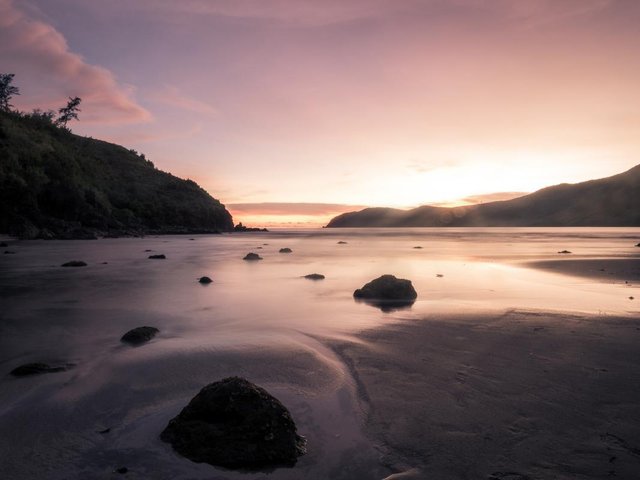
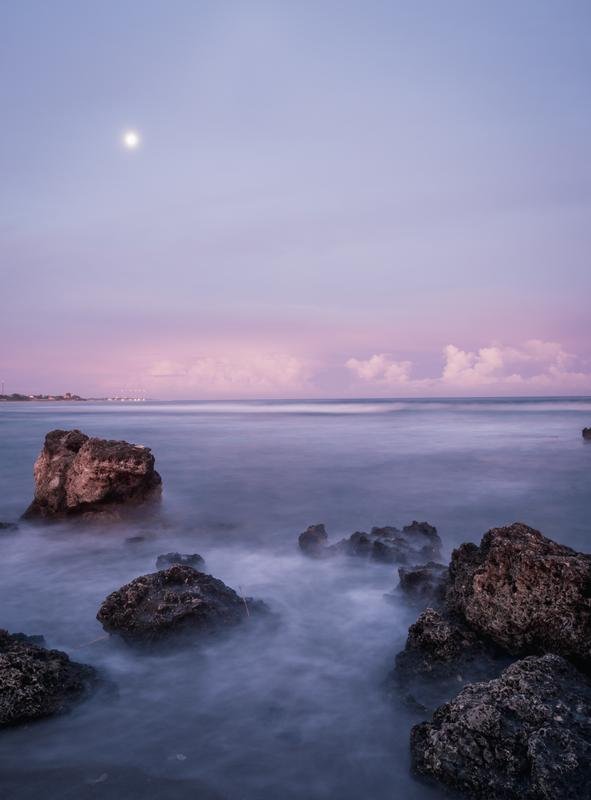
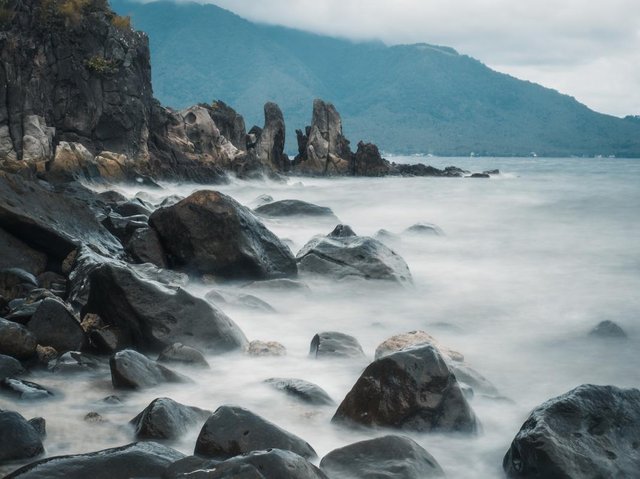
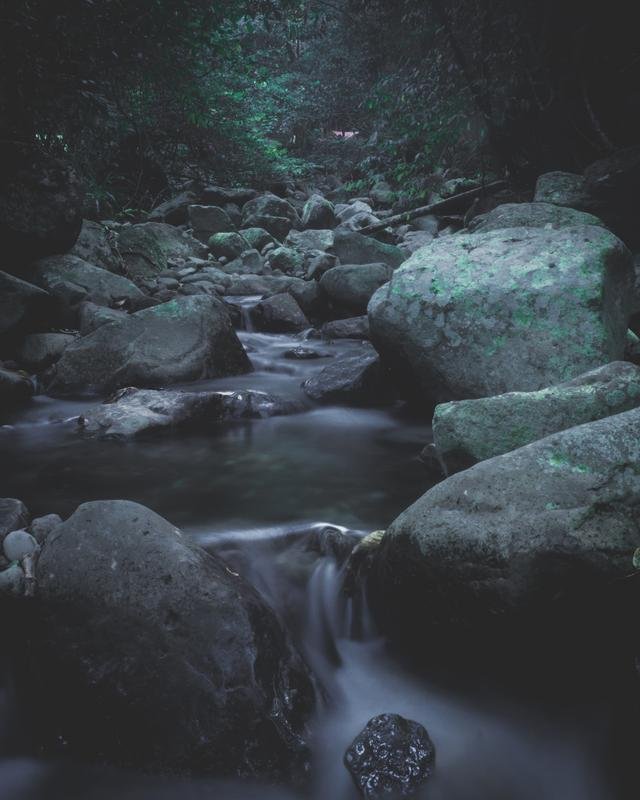
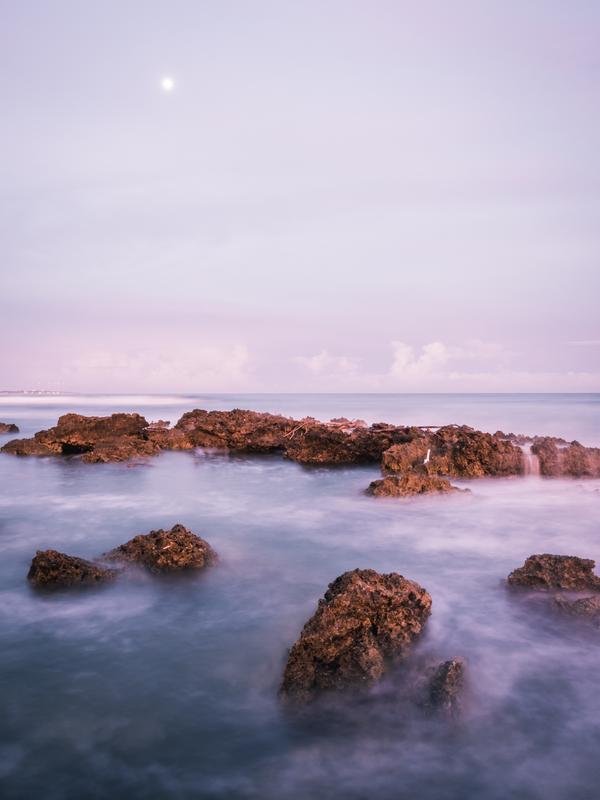

Great post
Thinking about splurging on a more professional camera, what are you using?
Currently using an Olympus OMD EM10 mk2 for the shots in here. Anything you choose, you just need to go out there and shoot. Best of luck!
Good information, great post, greetings from Venezuela!!!
thank you! Hello from the Philippines!
Very beautiful landscape photography
thank you so much!
Congrats! Your post has appeared on the hot list.
Please Stop
In your your last 100 comments you used 61 phrases considered to be spam and you made this exact same comment 61 times. You've received 7 flags and you may see more on comments like these. These comments are the reason why your Steem Sincerity API classification scores are Spam: 64.20% and Bot: 8.20%
Please stop making comments like this and read the ways to avoid @pleasestop and earn the support of the community.
World of Photography
>Visit the website<
You have earned 6.50 XP for sharing your photo!
Daily photos: 1/2
Daily comments: 0/5
Multiplier: 1.30
Block time: 2018-05-03T03:12:00
Total XP: 86.95/100.00
Total Photos: 12
Total comments: 19
Total contest wins: 0
Follow: @photocontests
Join the Discord channel: click!
Play and win SBD: @fairlotto
Daily Steem Statistics: @dailysteemreport
Learn how to program Steem-Python applications: @steempytutorials
Developed and sponsored by: @juliank
wow, this is sooooo cool. wish u the best in all your endeavors.